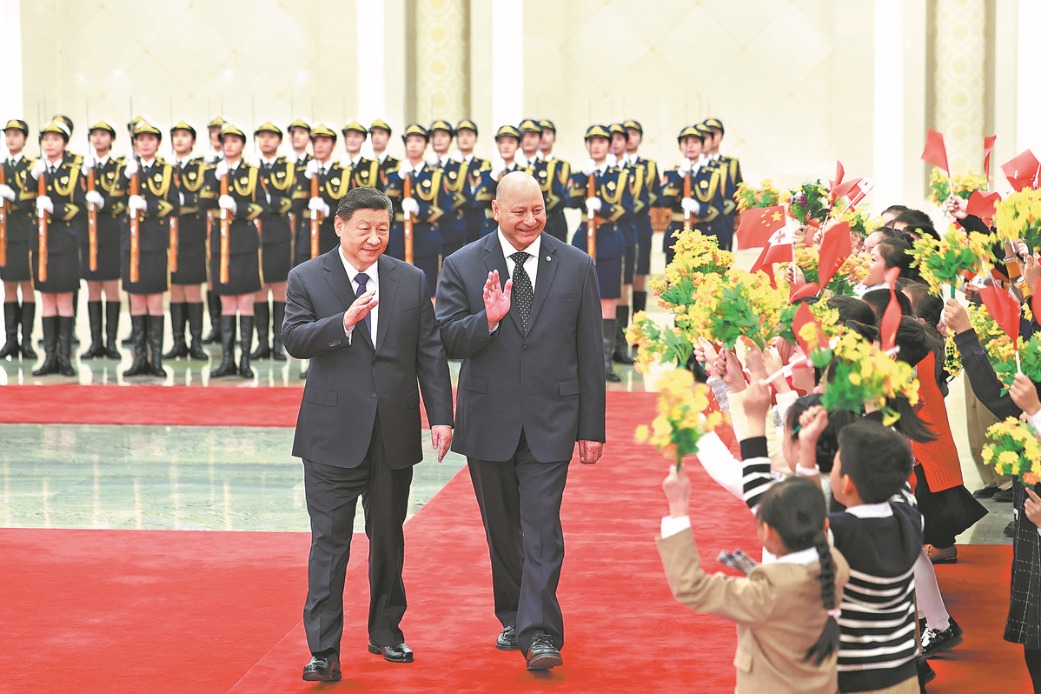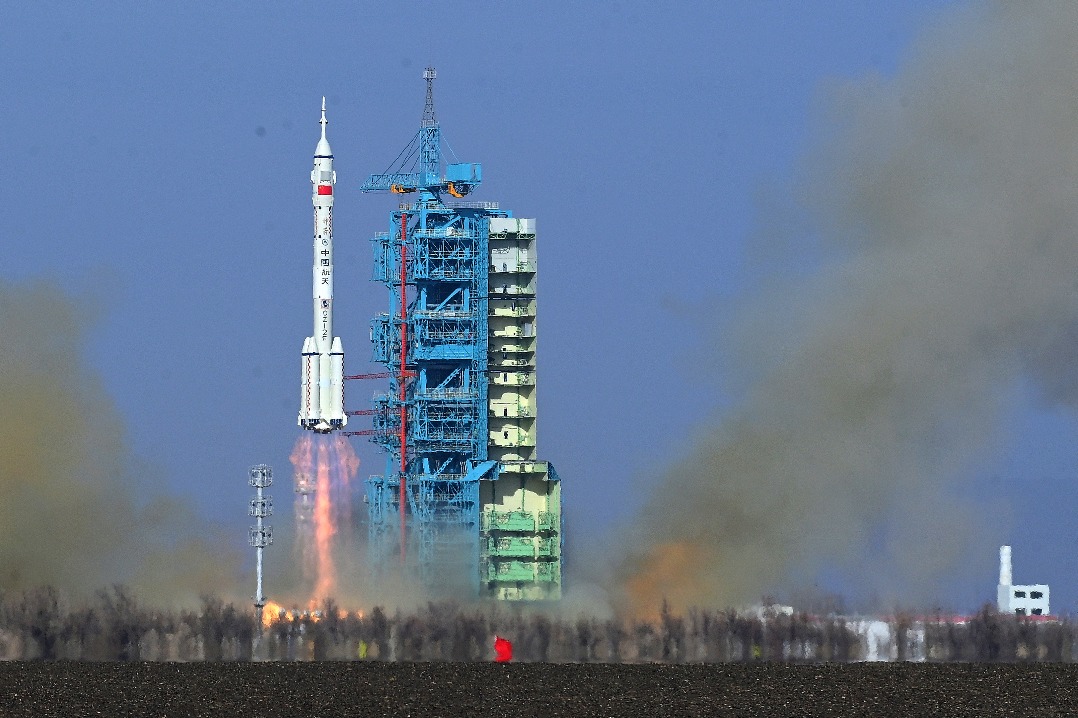Museums showcase shared Chinese identity
Taipei's treasures originating from mainland proof of cross-Strait unity






Shared roots
In 1933, after Japanese forces broke through Shanhai Pass, a strategic gateway connecting North and Northeast China to the east of Beijing, batches of Palace Museum artifacts were urgently evacuated from the capital to protect national treasures.
The relics began a difficult southward journey. Several consignments were first shipped separately to Shanghai for storage. In August 1936, after a warehouse at Nanjing's Chaotian Palace was completed, the artifacts were moved there.
But after the July 7th Incident and the Aug 13 Incident in 1937, Nanjing also became threatened, forcing another relocation. The artifacts were divided into routes heading southwest, continually evading Japanese bombings before finding temporary refuge in Leshan, Emei and Baxian in Sichuan province.
After the Chinese victory over the Japanese in 1945, the final batch returned to Nanjing in 1947. But as the civil war intensified, the Nanjing government ordered the Palace Museum to select cultural artifacts for transfer to Taiwan. Between December 1948 and February 1949, about 2,900 crates were carried to Taiwan in three batches. These became the core collection of the Taipei Palace Museum, established in 1965 and today holding nearly 700,000 items.
Many Palace Museum staff members who accompanied the artifacts to Taiwan were unable to return to the mainland because of the ensuing political divide.
Among them was Chuang Yan, a Peking University graduate who participated in the entire evacuation and later helped found the museum in Taipei, eventually becoming its vice-curator. He dedicated his life to protecting and promoting Chinese culture.




















